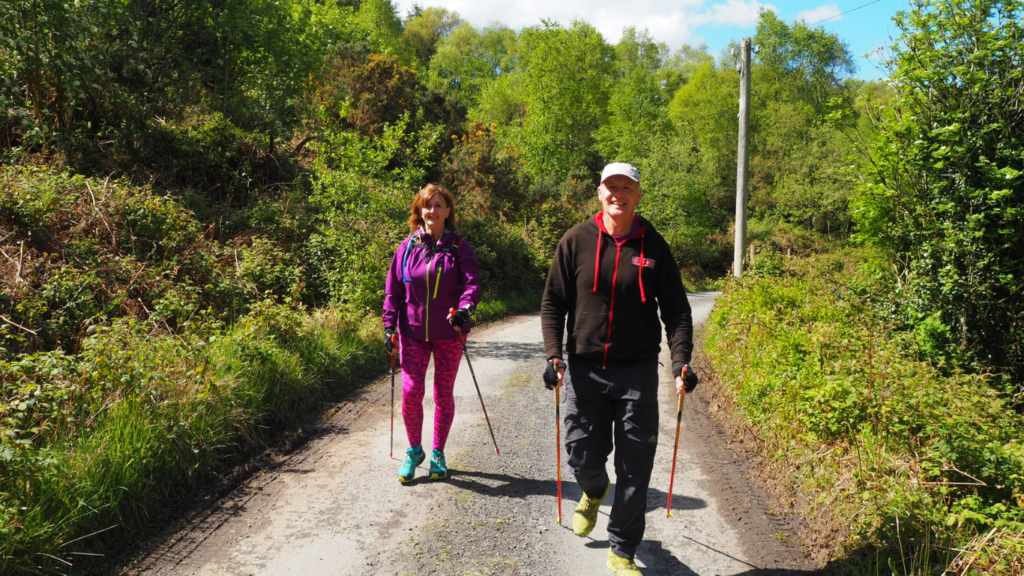So Many Places to Walk
Whether you are exploring a new city, trekking up a scenic mountain trail, or simply strolling along a peaceful beach, walking is a versatile and accessible form of exercise that offers numerous health benefits.
Why Walking is Great for Your Health
Walking is one of the simplest and most effective ways to improve or maintain your overall health. Just 30 minutes of walking each day can significantly boost your cardiovascular fitness, strengthen bones, reduce excess body fat, and increase muscle power and endurance. It’s also a great way to lower your risk of developing serious health conditions such as heart disease, type 2 diabetes, osteoporosis, and certain types of cancer.
One of the best things about walking is that it’s low-impact and can be done at your own pace. You don’t need any special equipment, and you can do it anytime, anywhere. For those who are new to exercise, elderly, or managing a chronic health condition, walking is a gentle way to ease into an active lifestyle without putting undue stress on your body.
The Extra Benefits of Nordic Walking
If you’re looking to take your walking routine to the next level, then take a look at Nordic Walking. By adding a pair of Nordic Walking poles, you can turn an ordinary walk into a full-body workout. When you walk with poles, you engage not just your legs but also your shoulders, arms, and core. In fact, with Nordic Walking, you activate up to 90% of your muscles, compared to just 50% when walking without poles. This results in a more vigorous workout, and yes, it burns more calories—up to 67% more than regular walking!
But the benefits don’t stop there. Nordic Walking has been shown to improve cardiovascular fitness, increase muscle strength and flexibility, and enhance your overall quality of life. It’s also been linked to reductions in depression, anxiety, and chronic pain. Plus, using poles gives you extra stability, which is particularly helpful on uneven terrain or if you’re recovering from an injury.
Making Walking Part of Your Daily Routine
The key to reaping the health benefits of walking is consistency. Try to walk for at least 30 minutes each day at a brisk pace—think of it as walking fast enough that you can talk but not sing. If 30 minutes seems daunting at first, break it up into smaller chunks throughout the day. Maybe a 10-minute walk in the morning, another during lunch, and a final one in the evening.
Here are a few tips to make walking a regular part of your routine:
- Walk at the same time each day to build a habit.
- Take the stairs instead of the lift.
- Get off public transport a stop early and walk the rest of the way.
- Walk to the shops instead of driving.
- Take your dog—or borrow your neighbour’s dog—for a walk.
- Join a walking group or invite a friend along to keep it social.
- Mix up your routes to keep things interesting—explore different areas parks, or hiking trails.
Final Thoughts
Whether you’re a seasoned traveller like us or someone just starting out on their fitness journey, walking and Nordic Walking are incredible ways to stay healthy and fit. Our walks have taken us to some amazing places around the world, from walking tours of cities like Bruges in Belgium and Melbourne in Australia to longer hikes like the Kerry Camino in Ireland and the Tongariro Crossing in New Zealand. Even when we are not travelling, we like nothing more than to add a walk to our day.
Walks require minimal equipment and offer a host of physical and mental benefits. So why not lace up your walking shoes, grab a pair of poles, and start exploring the world one step at a time?
Happy Walking







